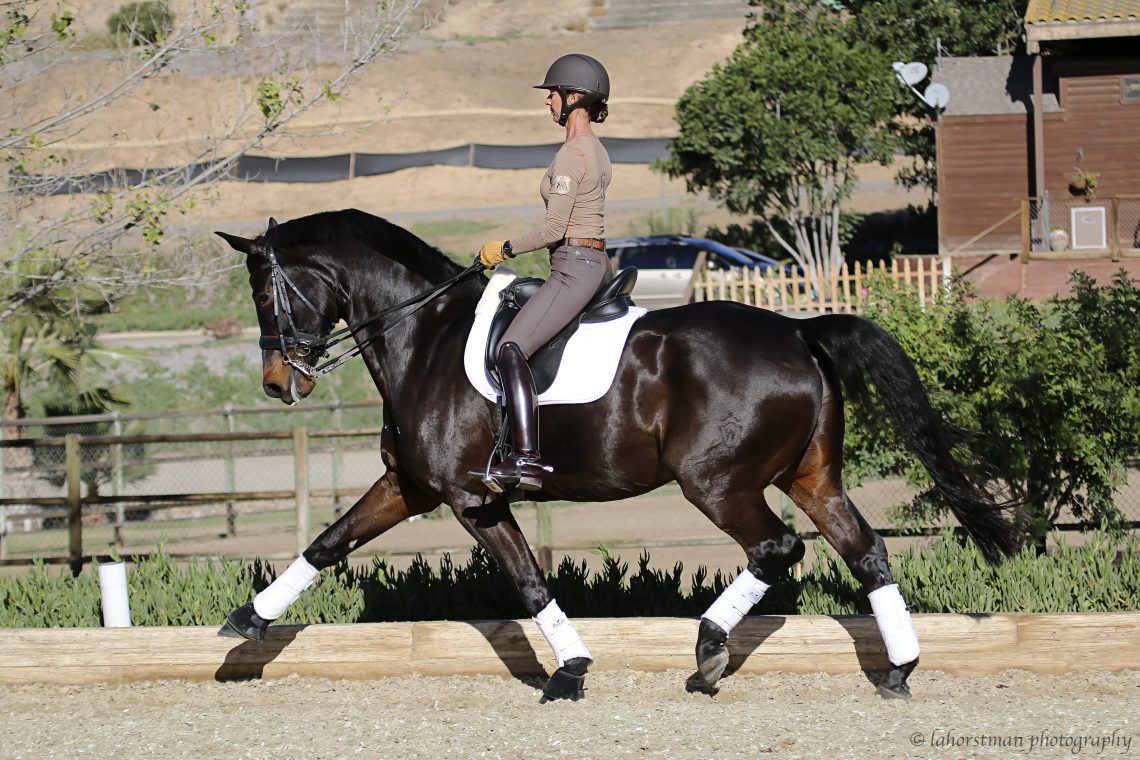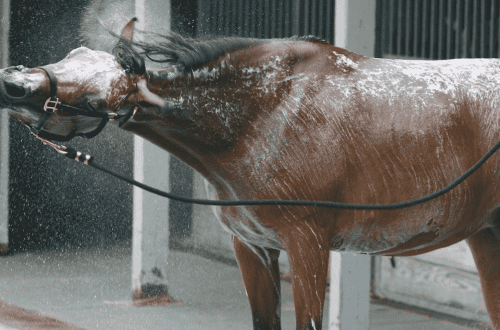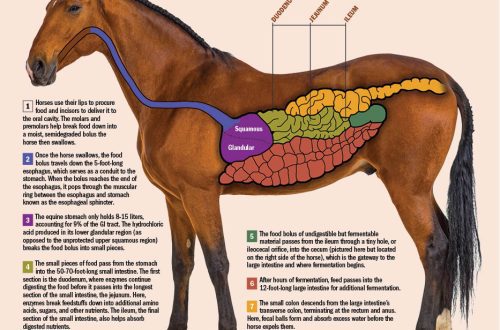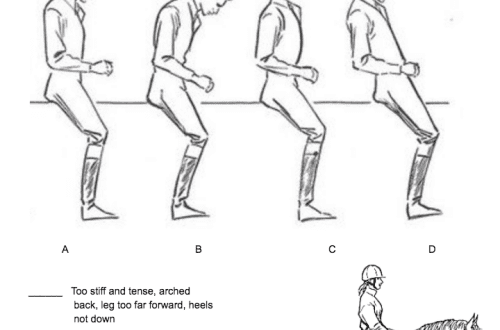
How to feel the correct position of the legs in dressage seating?
How to feel the correct position of the legs in dressage seating?
Riders often hear trainers say, “Pull your hips back and keep your feet under your body.” But not everyone manages to take the right position. Trying to comply with the recommendation, many tense their hips unnecessarily, as a result of becoming enslaved.
Finding the right leg position can be quite difficult, as ideally our legs should be relaxed and efficient, allowing us to keep our pelvis in a neutral position. Not surprisingly, the flexibility and movement of our pelvis and hips has a big impact on leg and sluice work. We need to work by consistently stretching the muscles, ligaments and tendons in these areas.
Below I will tell you about exercises that can be performed both on horseback and out of the saddle. I hope they are useful to you!
There are many exercises out of the saddle that you can do at home.
Gentle yoga poses and stretches will help you develop strength and flexibility in your hip flexors, abductors, and adductors. Hold all poses for 5-8 deep slow breaths. Your exhalations should be longer than your inhalations. For example: inhale for three seconds, exhale for five to eight seconds.
Happy baby pose. This pose is useful for opening the entire pelvis and hips and for stretching the adductors. This will help you sit deeper in the saddle and increase hip mobility while riding.
Lie on your back on the floor. Grab the outer sides of your feet, spread your legs wider than body width apart, and lift your knees up towards your armpits. If you’re having trouble doing this, you can use straps or tethers to start with, wrapping them around each foot. Gently place your feet on your hands to create a slight resistance.
Deep drop. This pose stretches the quads and hamstring. Lunge – one leg forward, knee bent. Stretch the other leg back (toes touch the ground and look forward). Get down as far as you feel comfortable. The knee should be parallel to the second leg, not in front of it. The thigh is directed forward. As you become more flexible, you will be able to sag even more and your hands will rest on the yoga blocks on either side of your body. Eventually you can even touch the floor with your hands. Now try to pull the heel of the extended leg down. You can add gentle rocking up and down to deepen the stretch.
There are many exercises that can be performed on a horse. The main thing is to know exactly what you need to achieve: your legs should hang down from your relaxed hip joints. Your hips should be turned slightly inward, but only as far as you can afford without blocking or straining. You can best experience this when riding without stirrups.
Use your hand to help yourself position your hips so that they lie as flat on the saddle as possible. Keep your pelvis in a neutral position and maintain the vertical alignment of your torso.
No stirrup. Practice riding without stirrups while stopping and walking. When you feel comfortable, add a few minutes of training trot. Make frequent transitions back into a step to get yourself in order. When you pick up the stirrups again, try to ride without putting pressure on them.
Hip raises. This exercise will help you engage your abductor and adductor muscles. It can be incredibly difficult. While stopping with or without stirrups, lift your hips up off the saddle a couple of inches, keeping them turned inward. All other parts of the body must be in the appropriate positions. Hold the position for three breaths, then go up to five or eight. Slowly let your legs gently rest back on the saddle. Start doing this at the stop, then at the walk and trot. If you can’t get your hips off the saddle, work on them until you isolate the muscles and can start lifting.
Crawling snake. This exercise mobilizes the hips and increases the mobility of the pelvis. Drop the stirrups and move your hip far along one side of the horse, so that you start to feel like you are about to slide right off. Keep your legs around the horse like a snake. Hold the position for three breaths, then slide back to the middle of the saddle for three breaths. Now slide to the other side and come back to the middle again. In which direction was it more difficult to perform the exercise? At the end of it, you will feel that your pelvis and hips have become more mobile, and you will better center yourself on the horse. Start doing it at the stop, then at the walk and trot.
Before you start exercising, always try to warm up. If you feel pain, stop the exercise immediately. You may need to consult with a physical therapist, yoga therapist, or instructor who works with rider biomechanics to ensure you are on the right track.
Kathy Rose (source) translation Valeria Smirnova.





